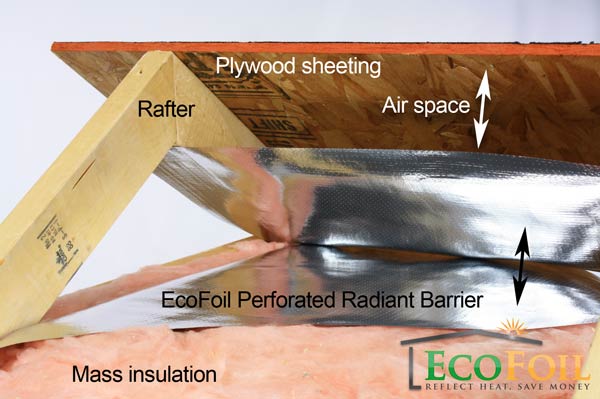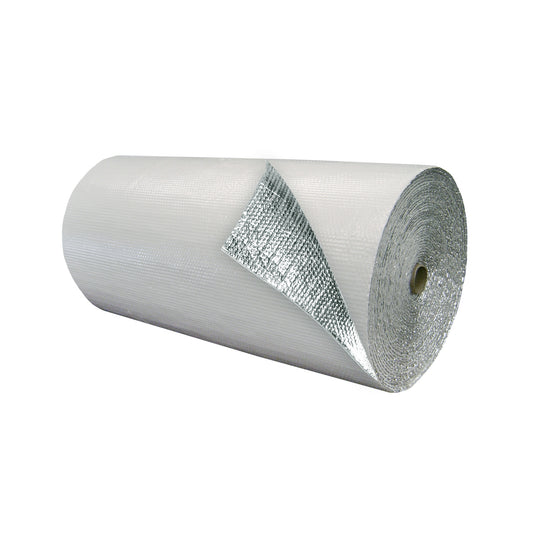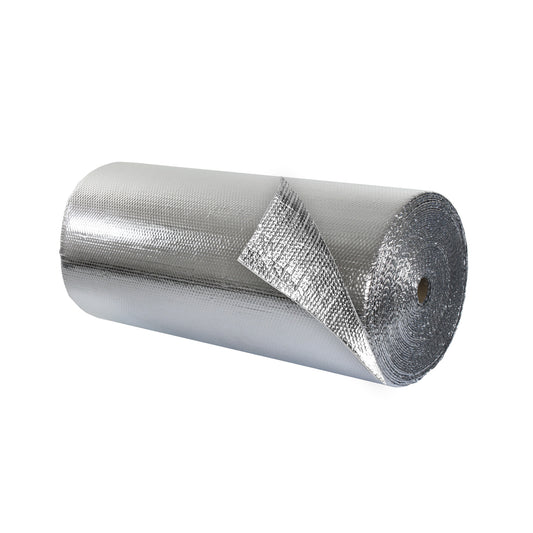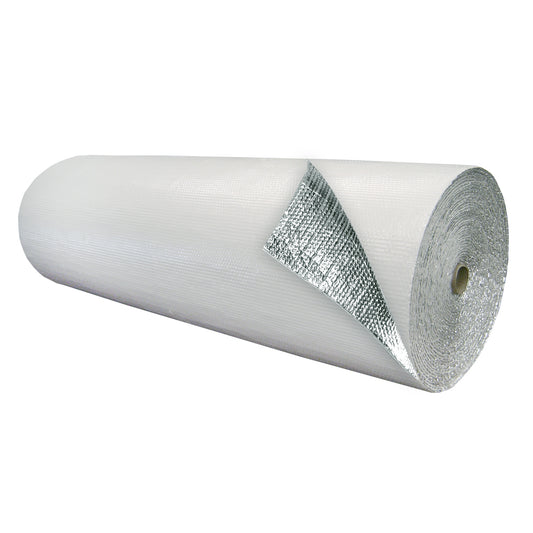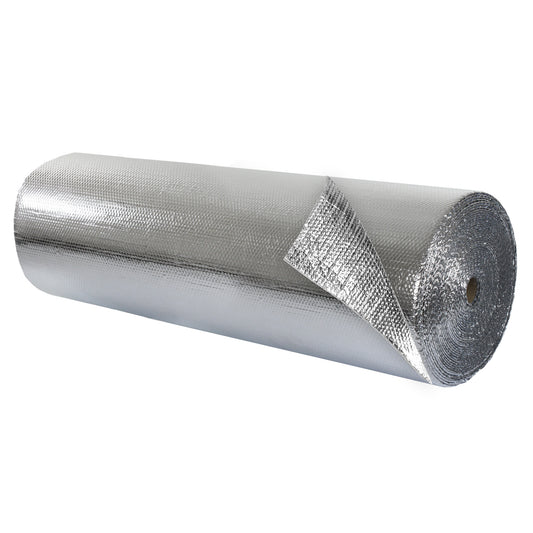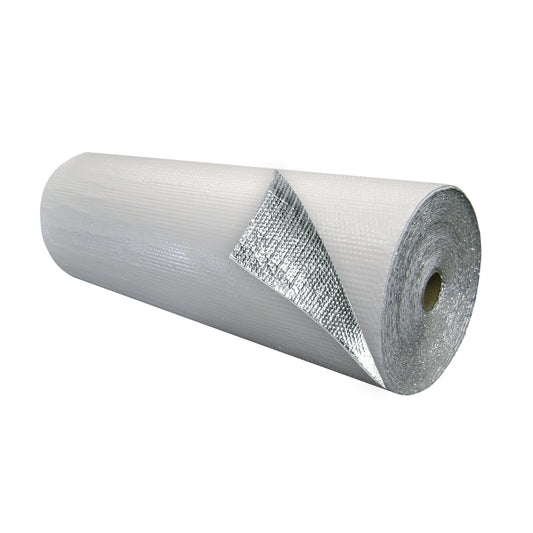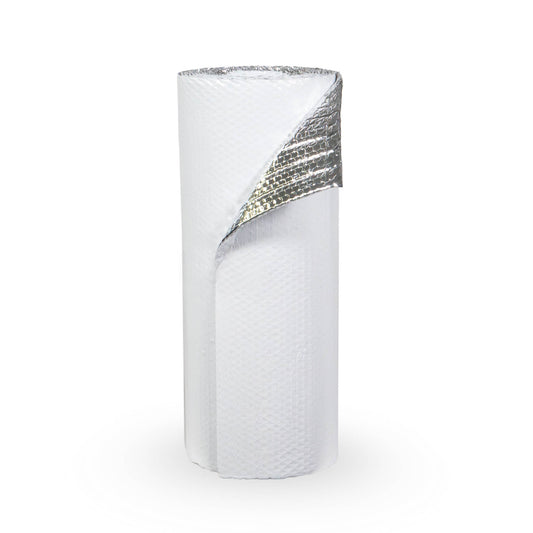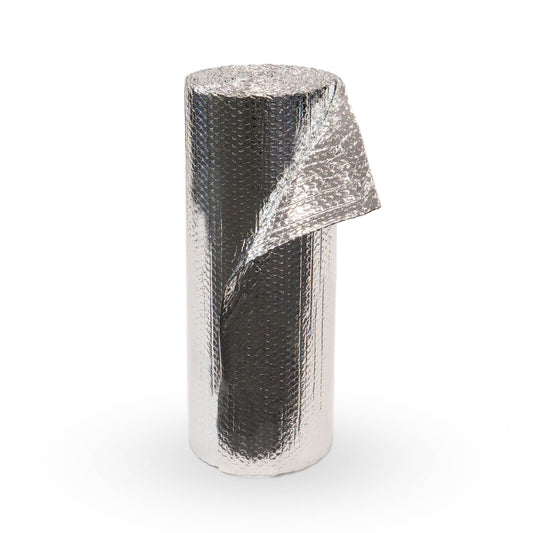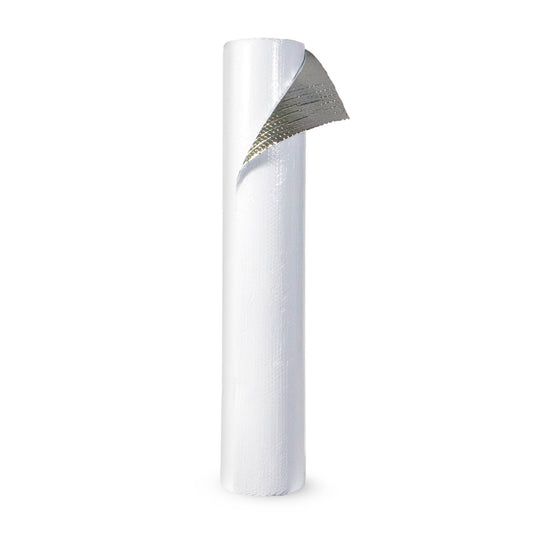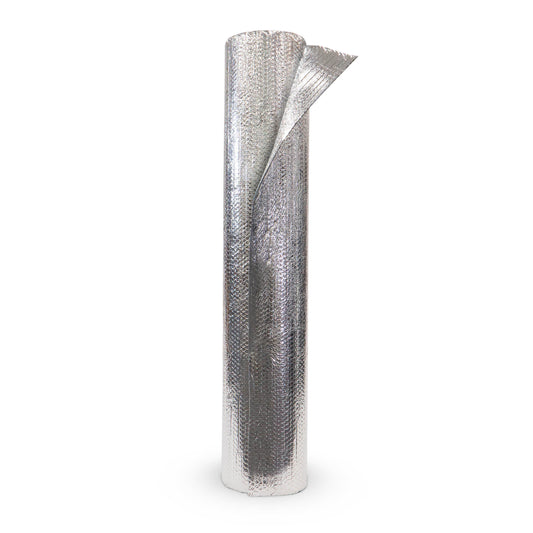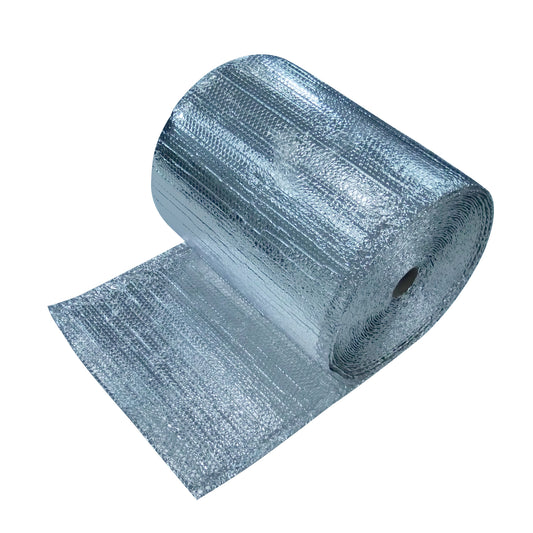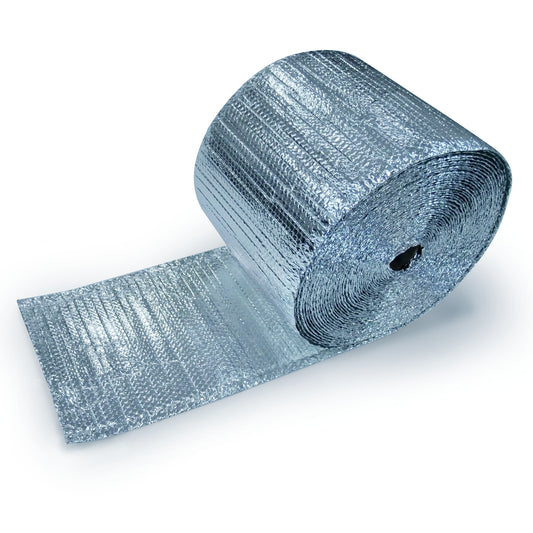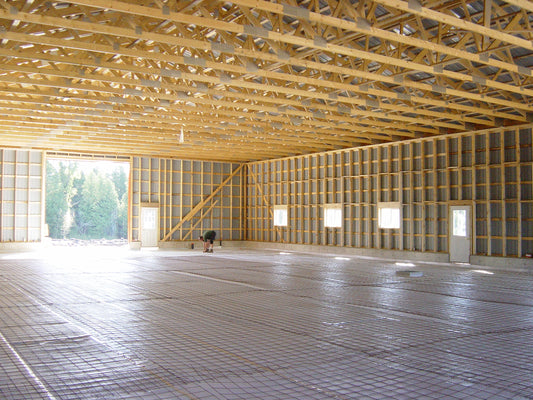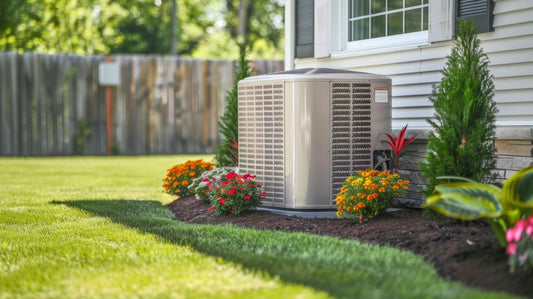Radiant barriers are an essential component in minimizing heat transfer and enhancing energy efficiency. However, installing them can be challenging, and it's crucial to ensure that they are installed correctly for maximum effectiveness. In this post, we will discuss the importance of air space when installing radiant barriers and best practices to follow.
Radiant heat travels through the air, so to install a radiant barrier foil effectively, it's essential to have an air space on at least one side of the barrier. This concept applies to all applications of radiant barriers, whether you're installing them in your attic, basement, crawl space, metal building, under concrete, or under your radiant heated floor.
When installing a radiant barrier in your attic, you already have two airspaces: one between the barrier and the sheeting, and the other is the air inside the attic. To avoid the worst-case scenario of sandwiching the barrier between two products, like roof sheeting and shingles, or drywall and foam insulation, it's crucial to maintain at least one air gap. A perforated radiant barrier foil is your best option for attic installation.
If you're installing radiant barriers in walls, you have two options: recess the barrier into the stud cavity or roll it across the studs and attach furring strips or strapping before hanging drywall. Regardless of which method you choose, ensure that you maintain an air gap on at least one side of the barrier. A solid radiant barrier foil is your best option for installation in these applications.
For radiant heated floors, it's essential to install the radiant barrier a few inches below the tubing to create an air gap above and below the foil. This simple step can enhance the efficiency of your heating system and save you money on energy bills.
In conclusion
Installing radiant barriers correctly is essential to maximize their effectiveness. When planning your DIY project, ensure that you include an air gap on at least one side of the barrier. By following these best practices, you can install radiant barriers in any application and achieve optimal results.

